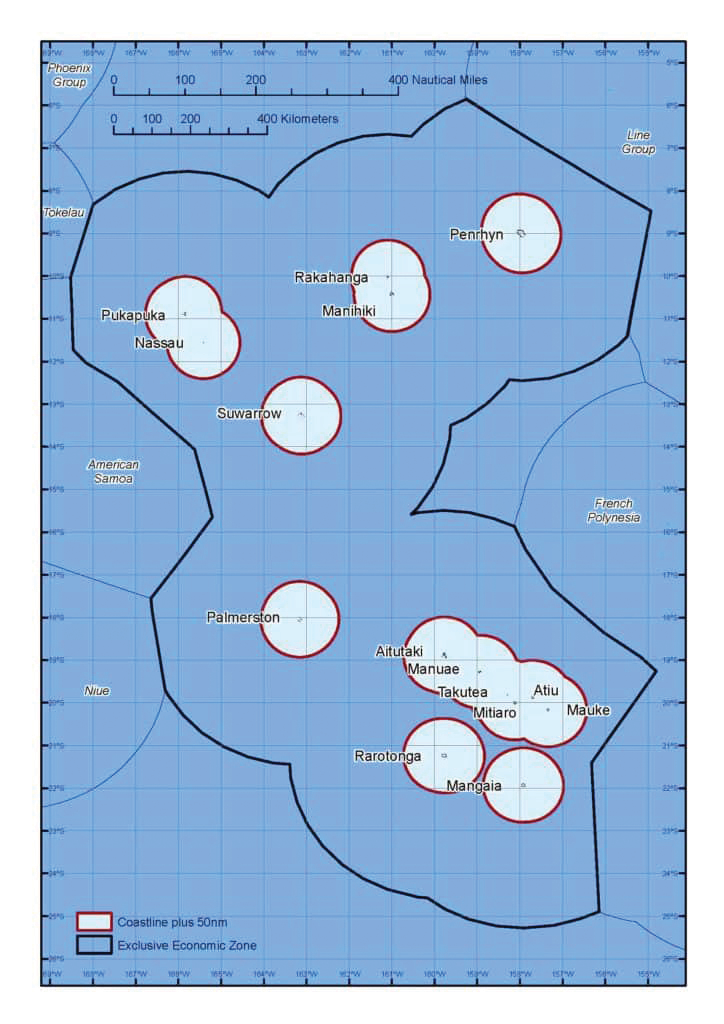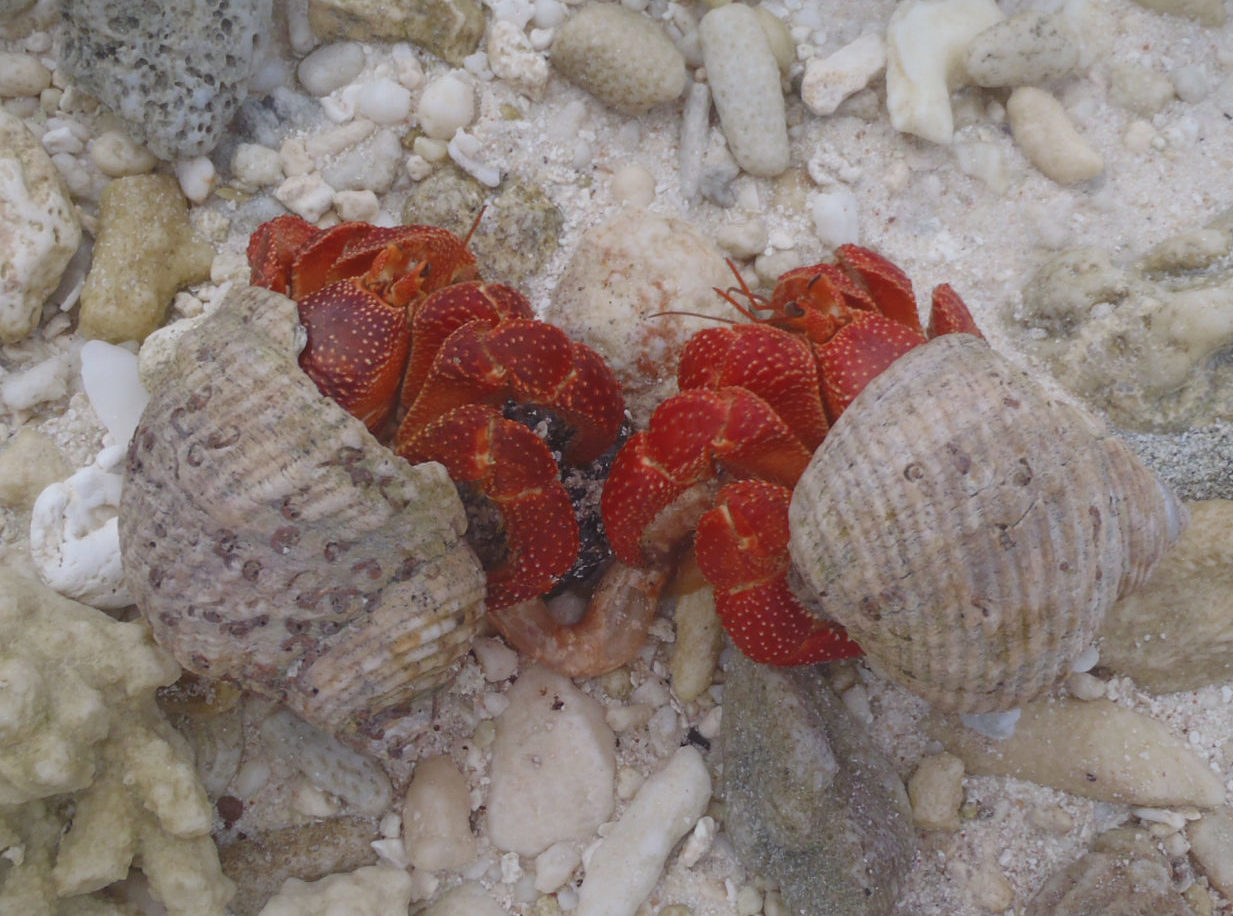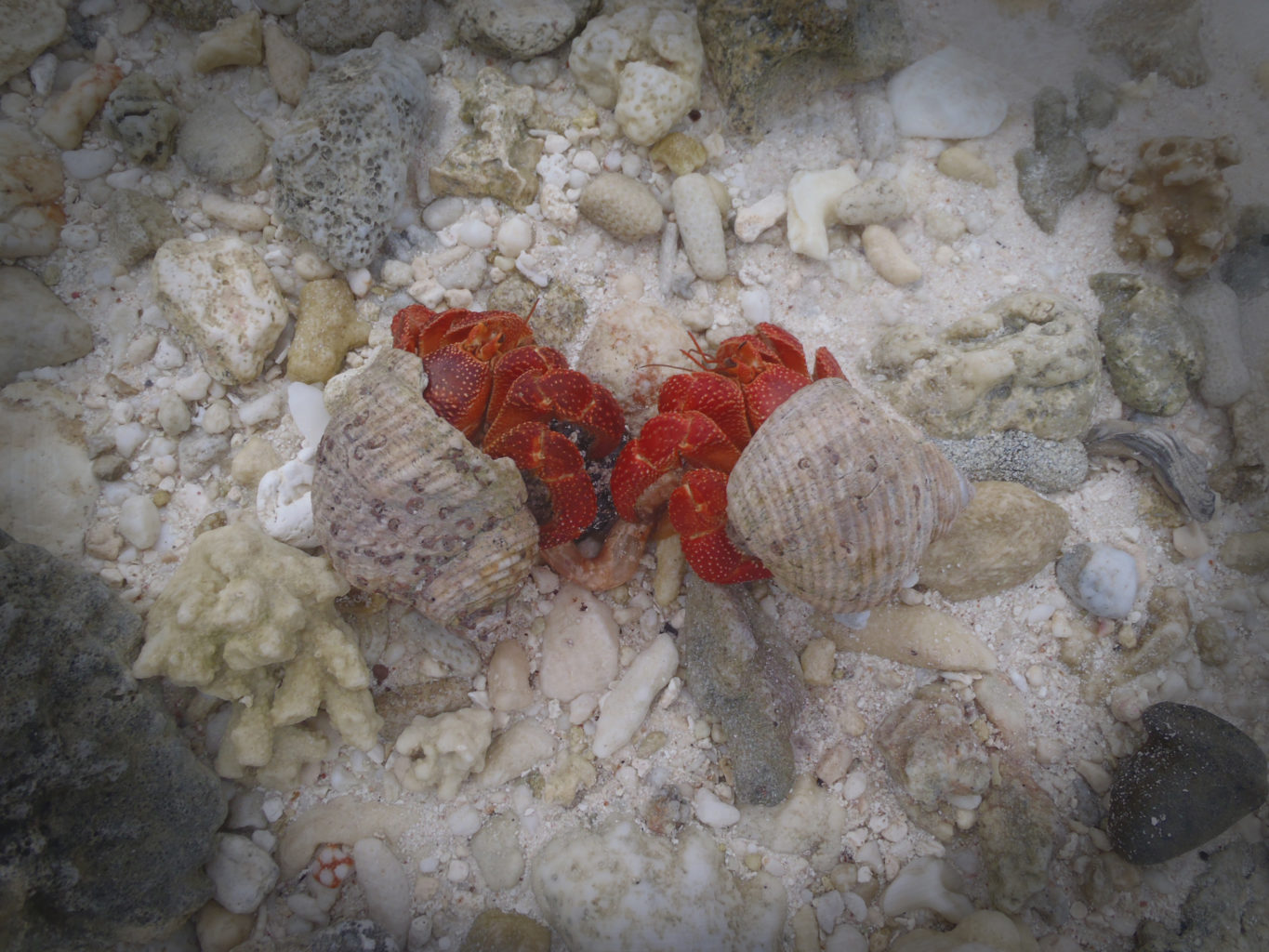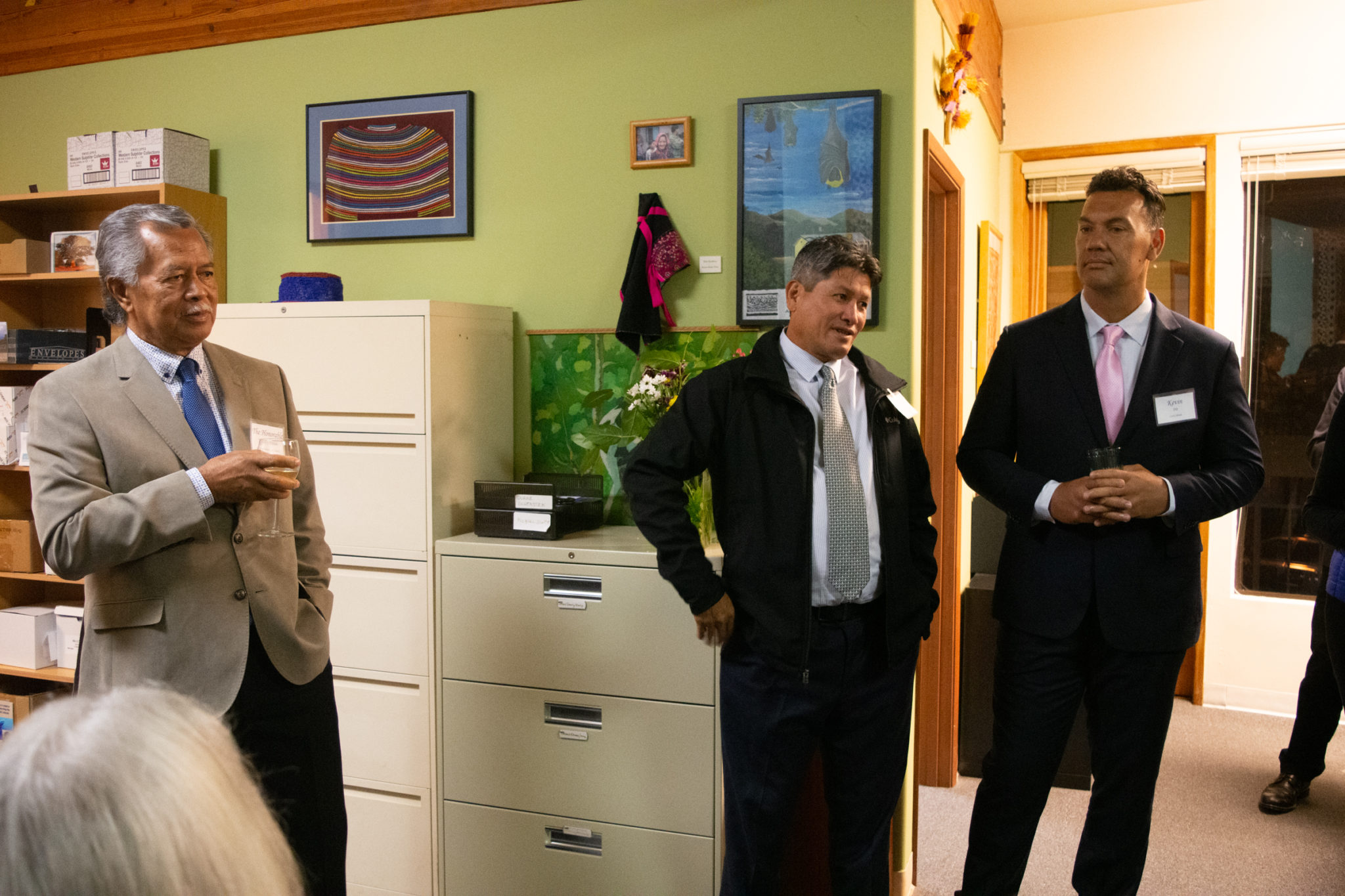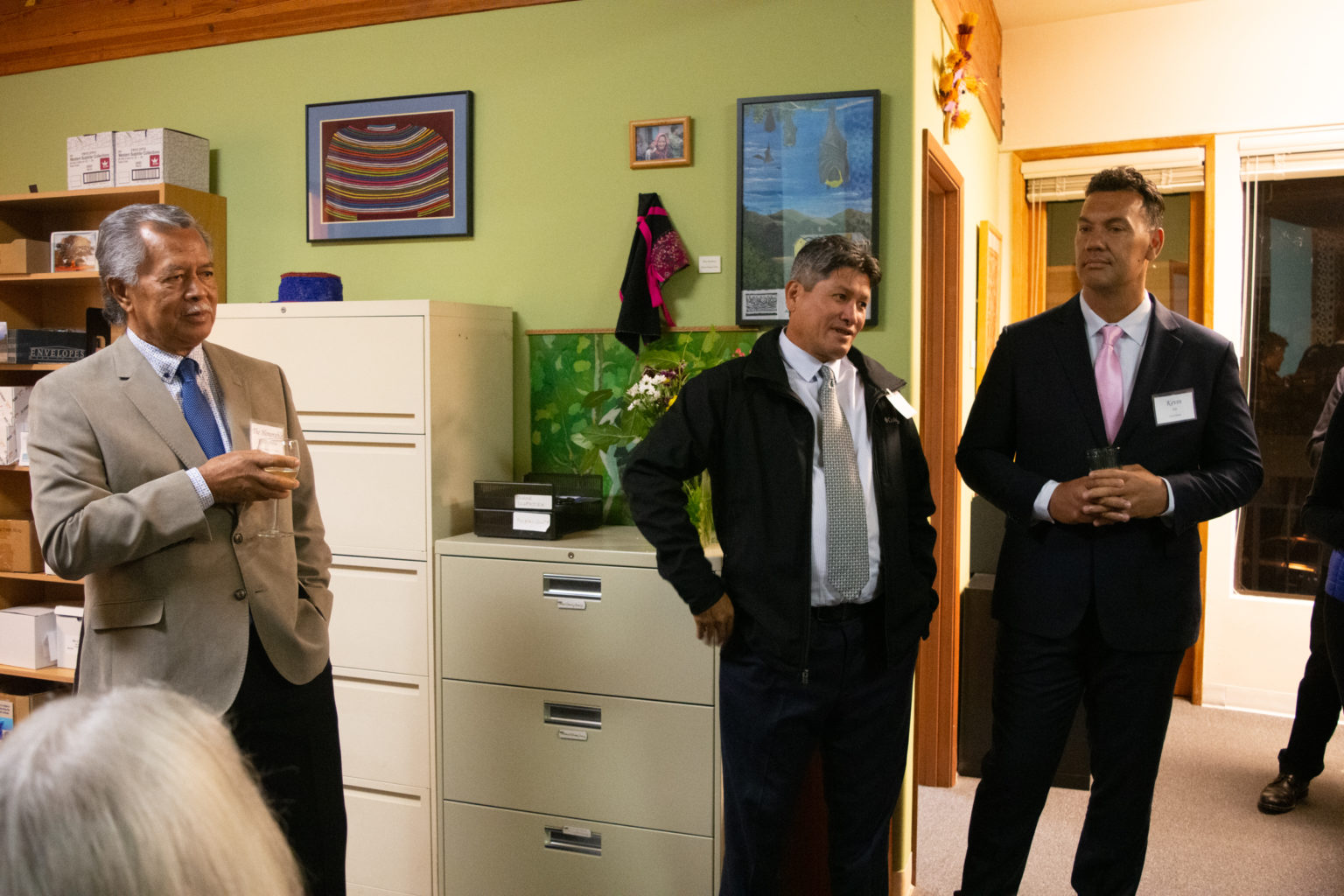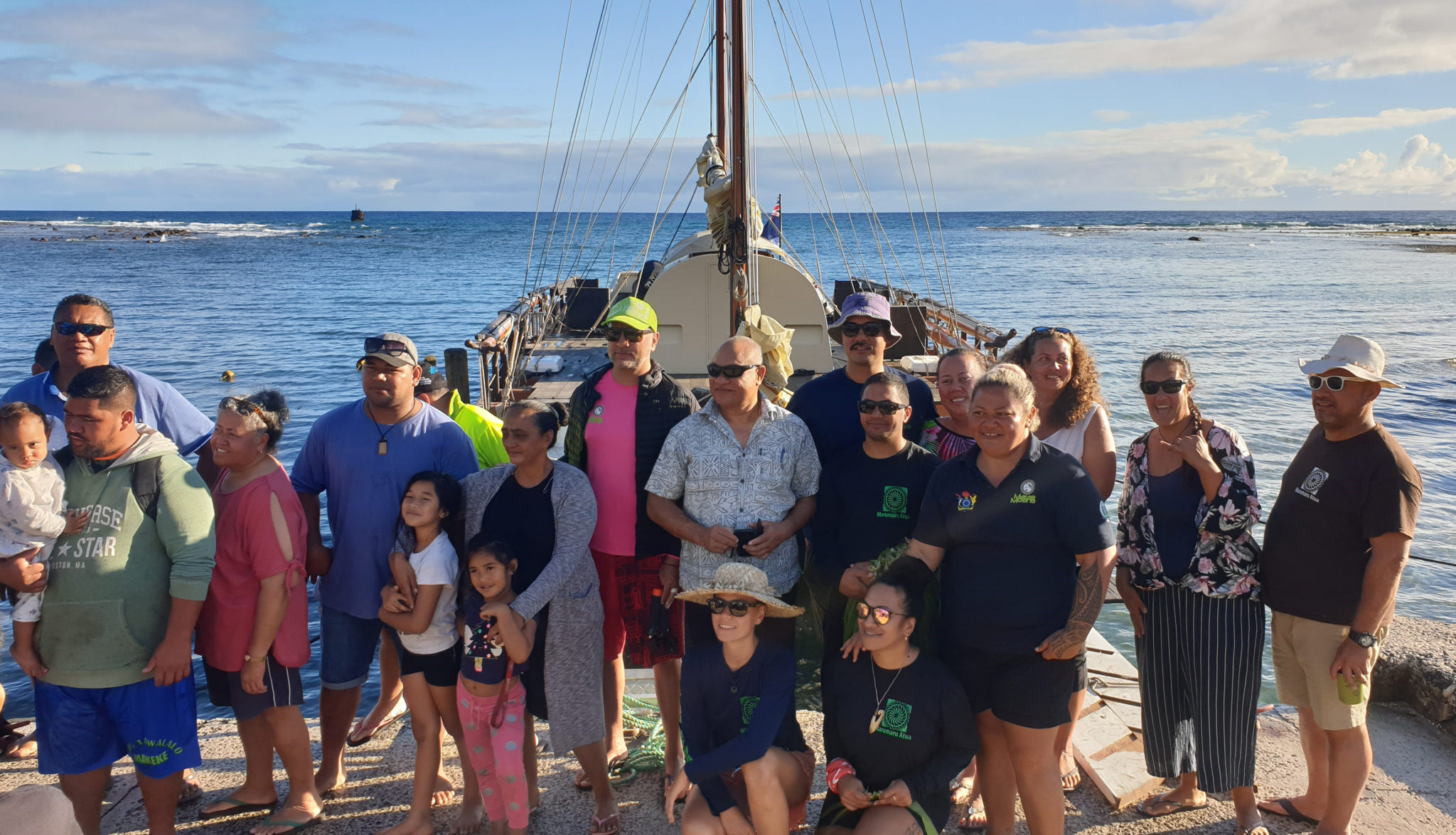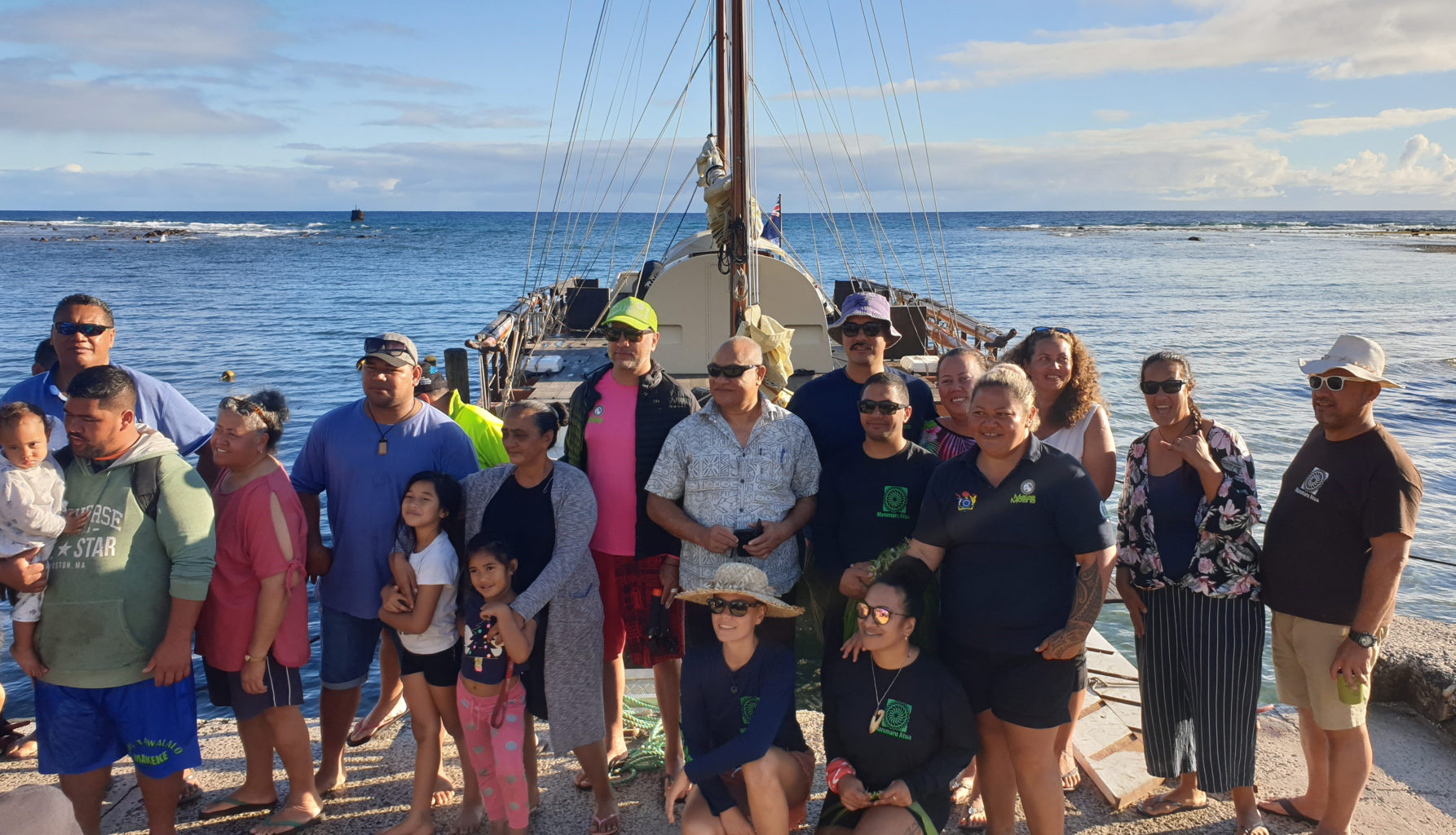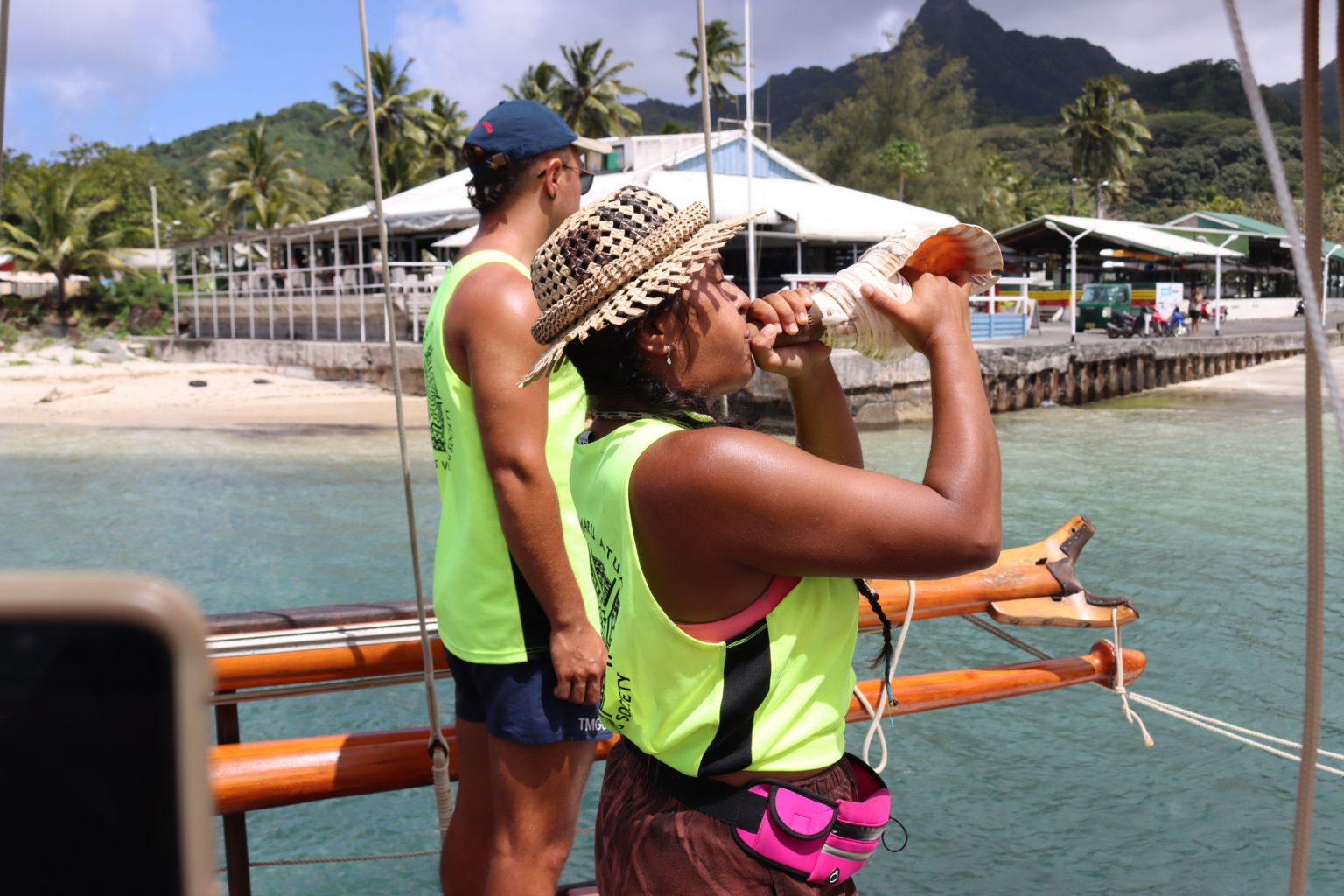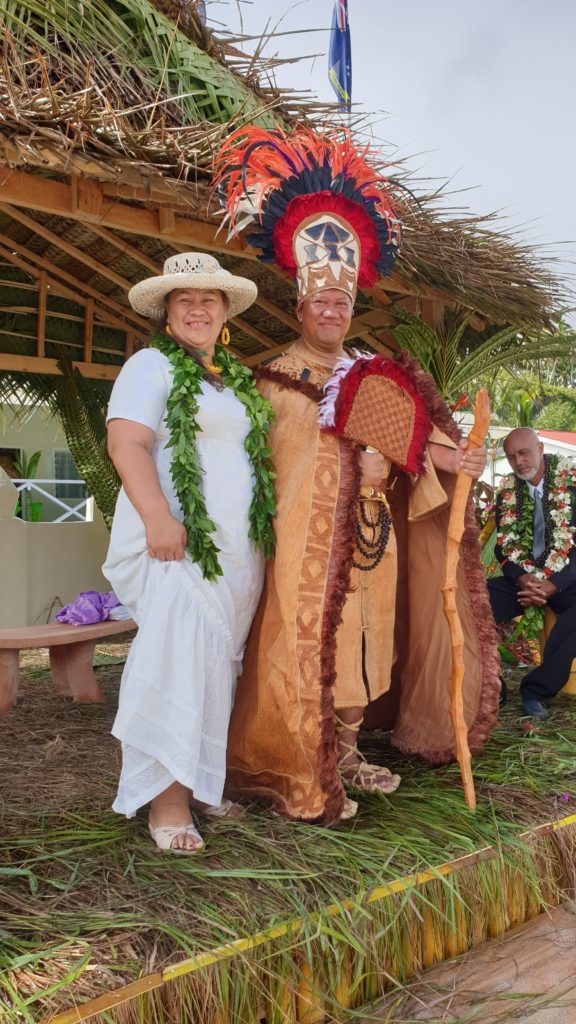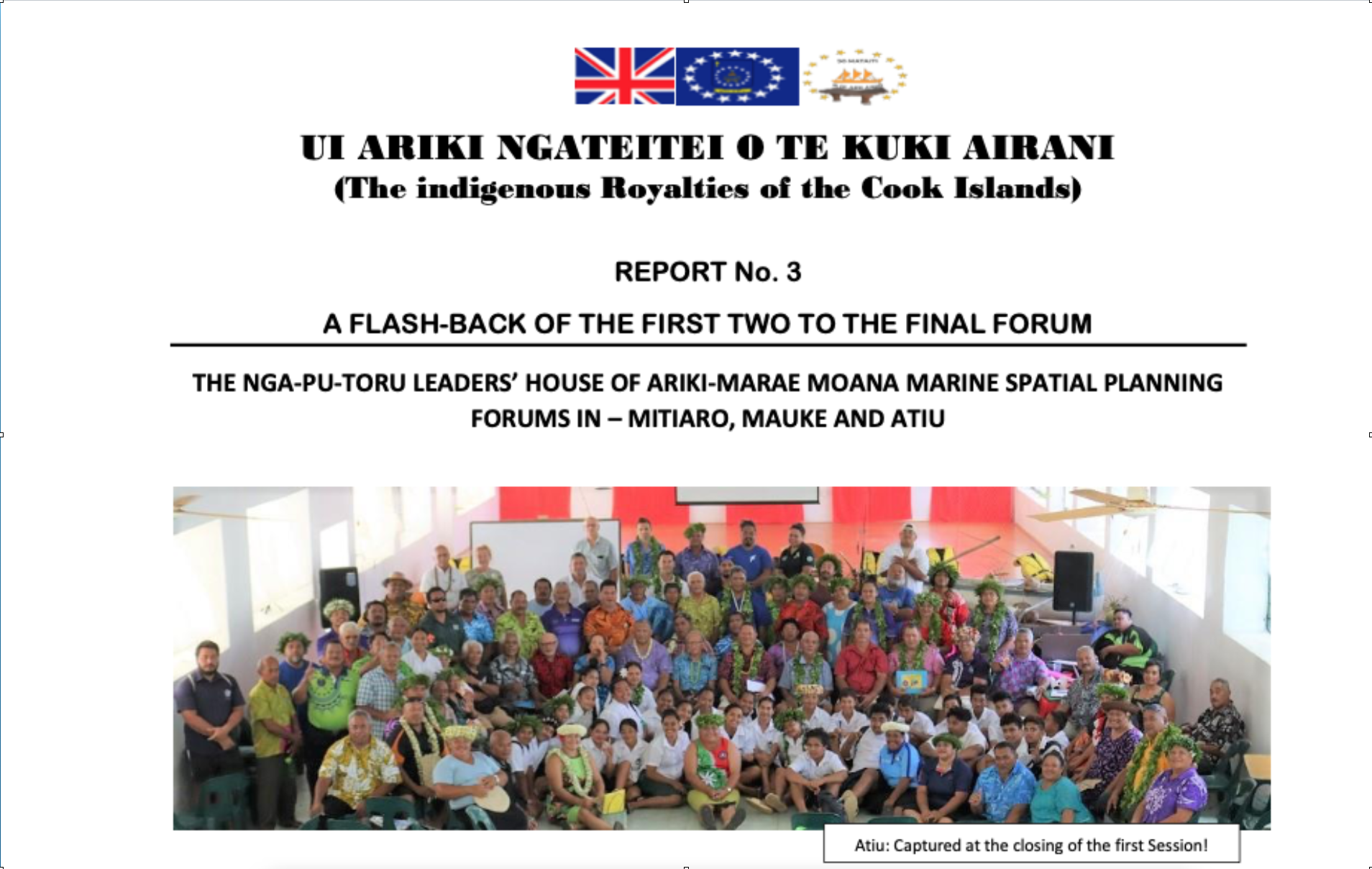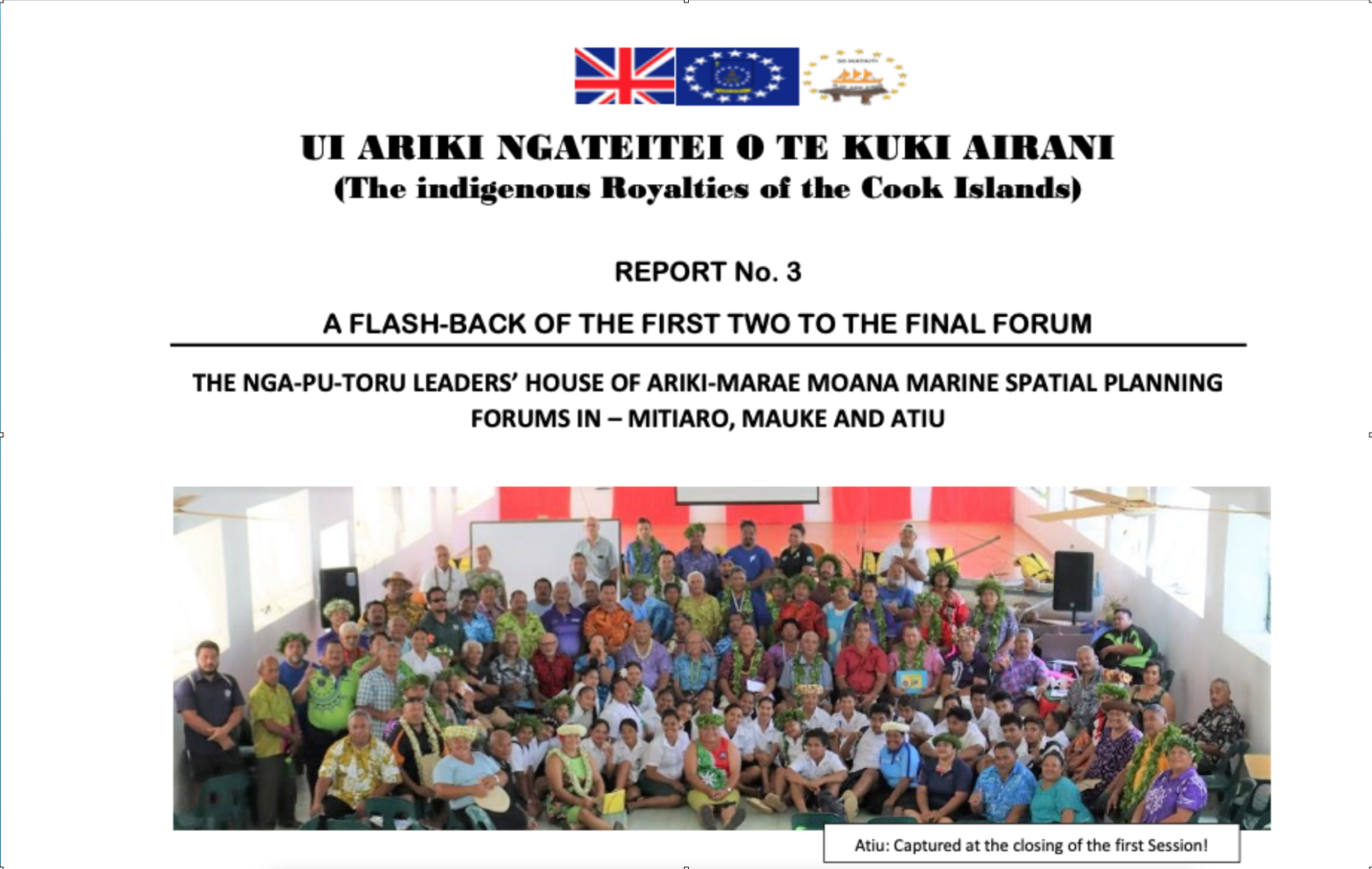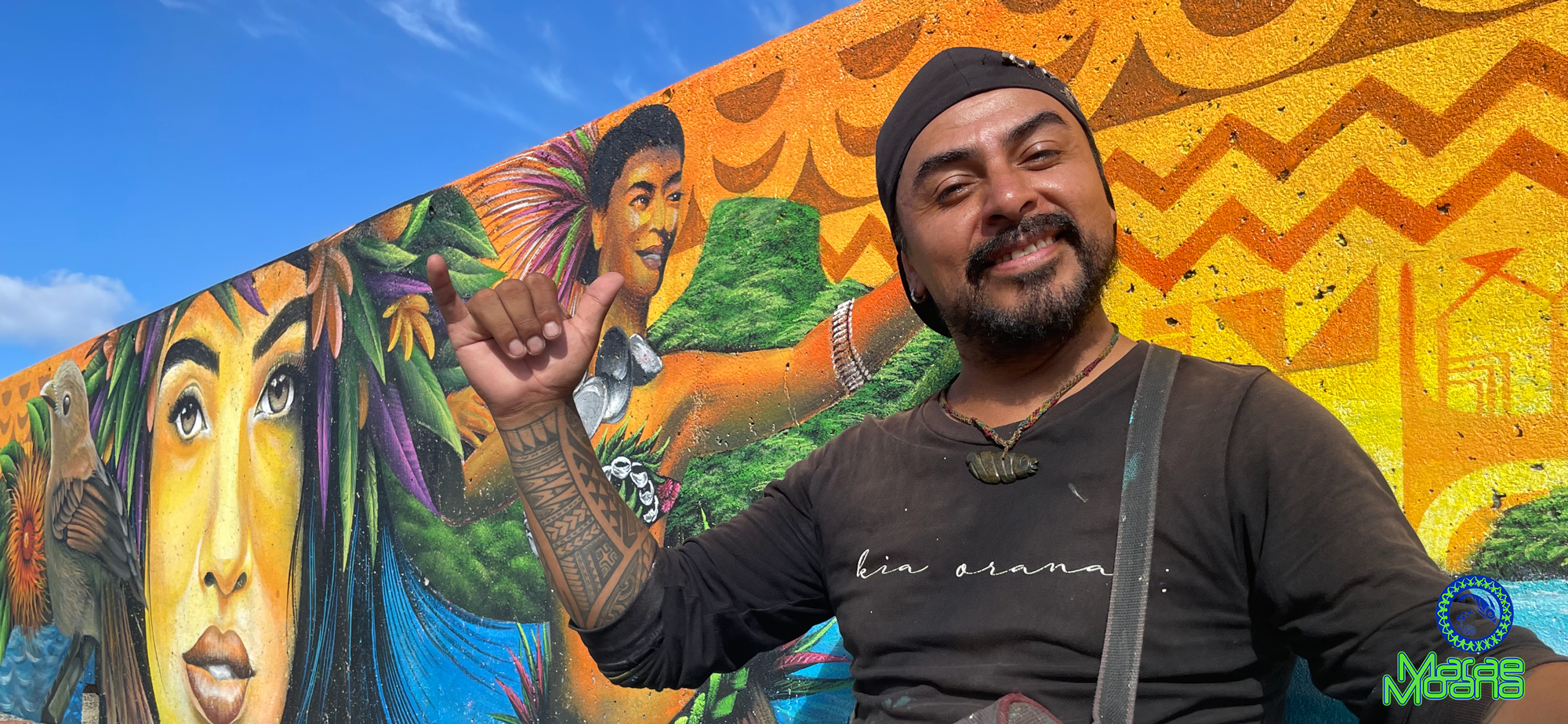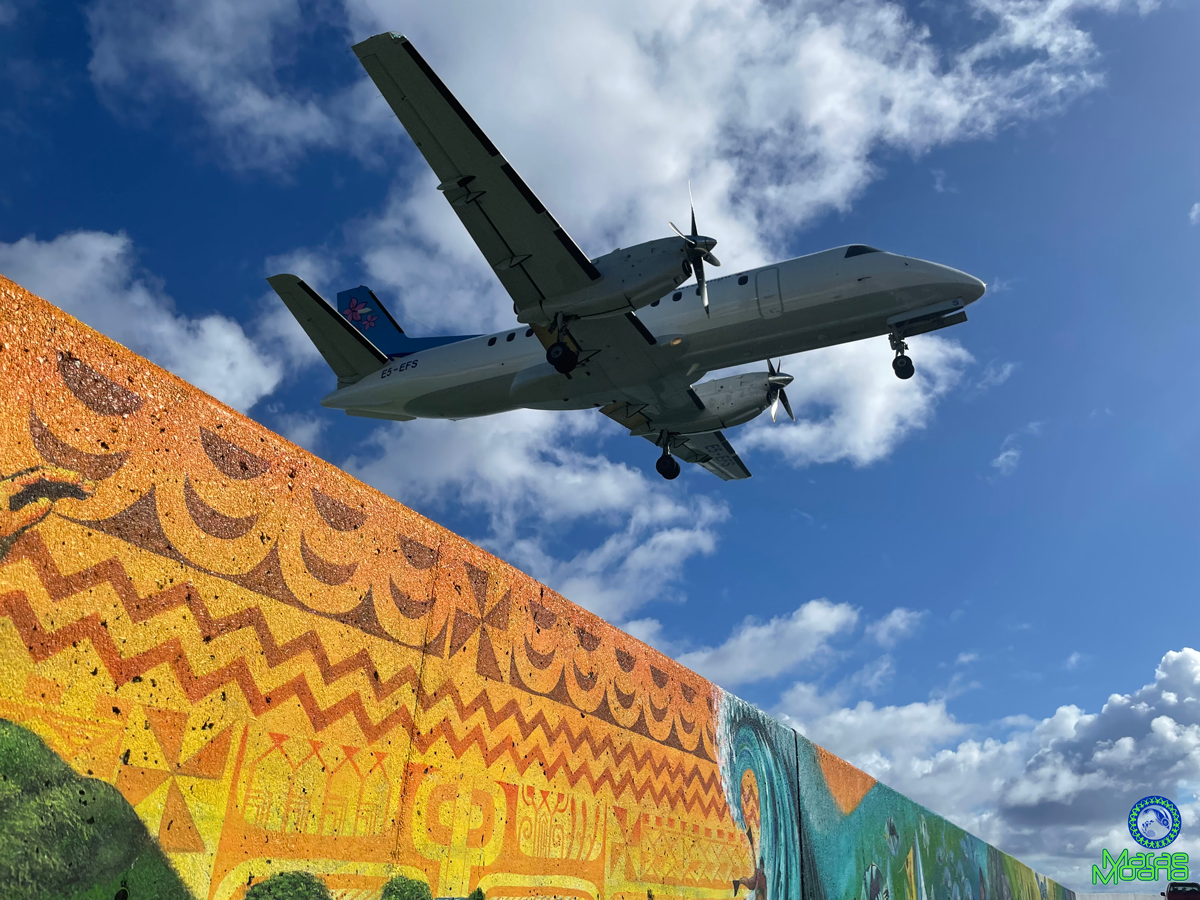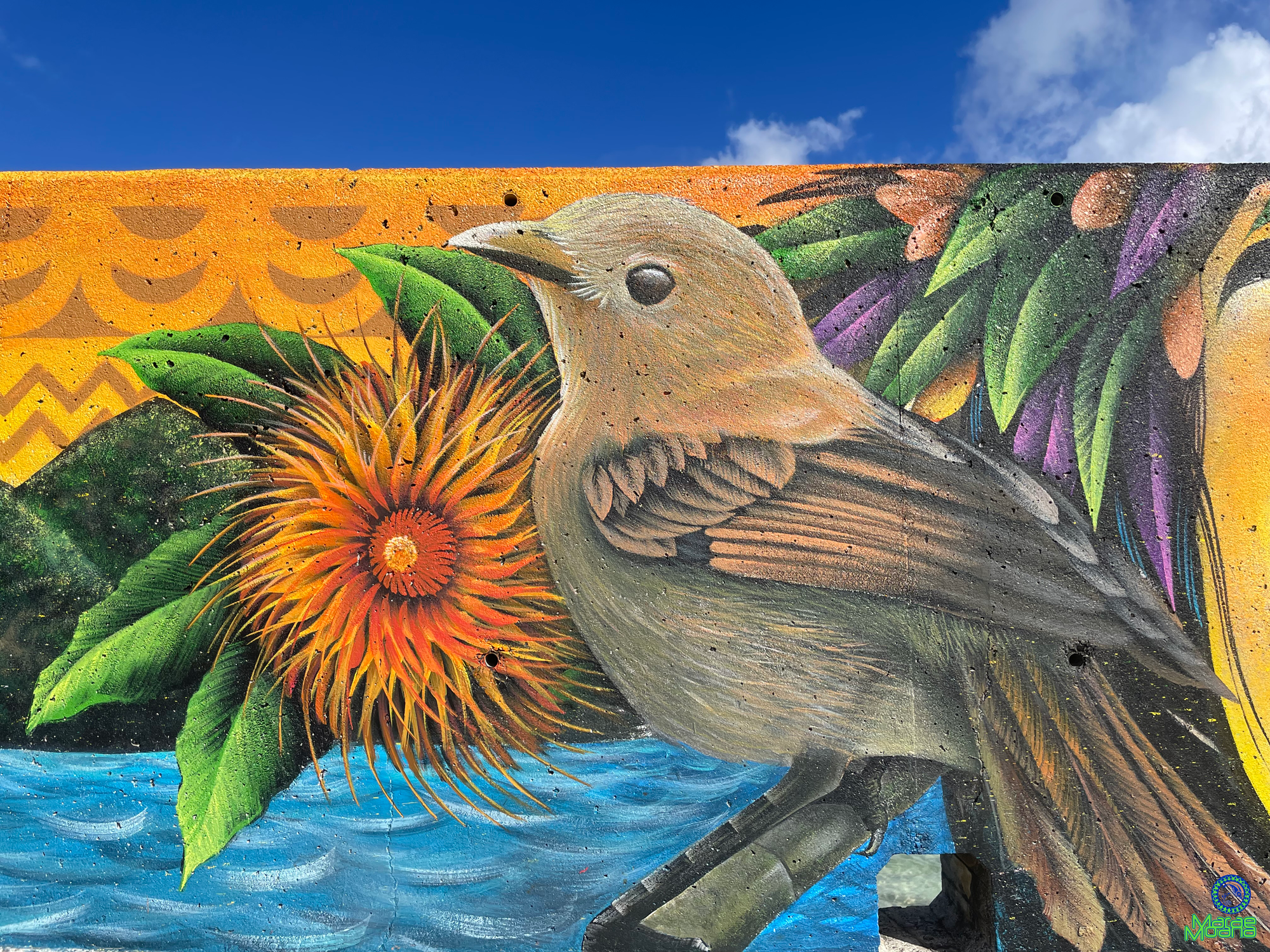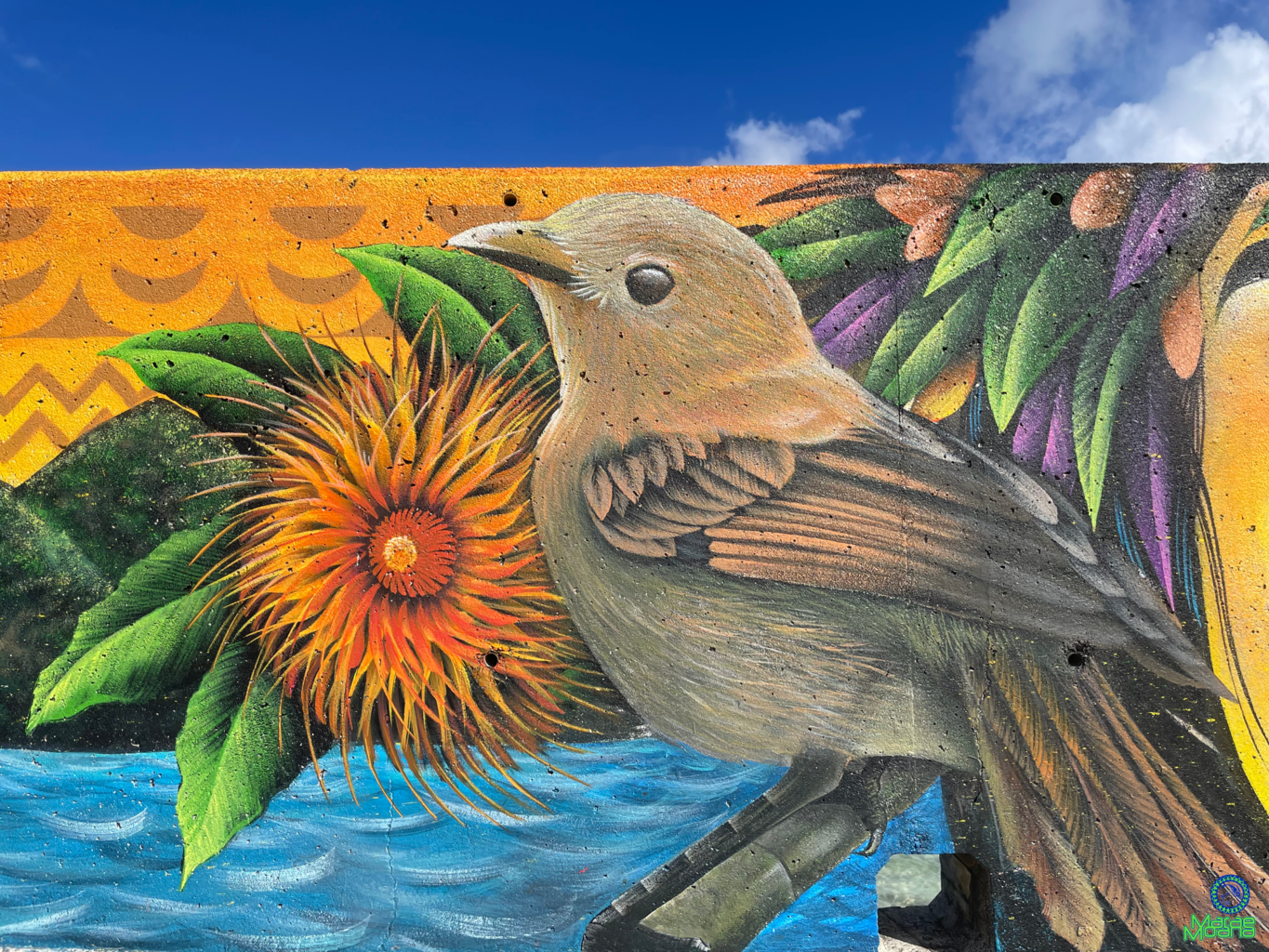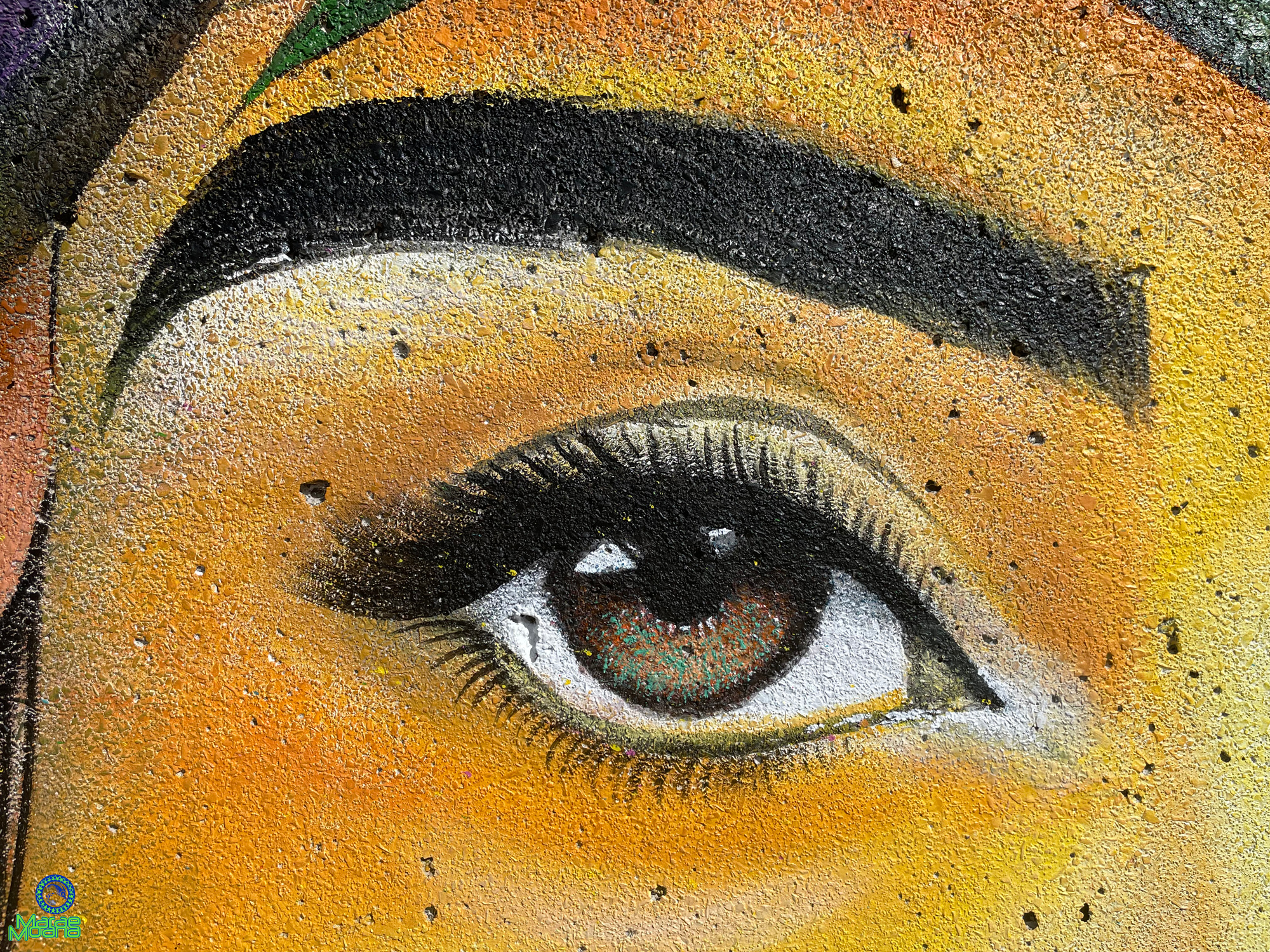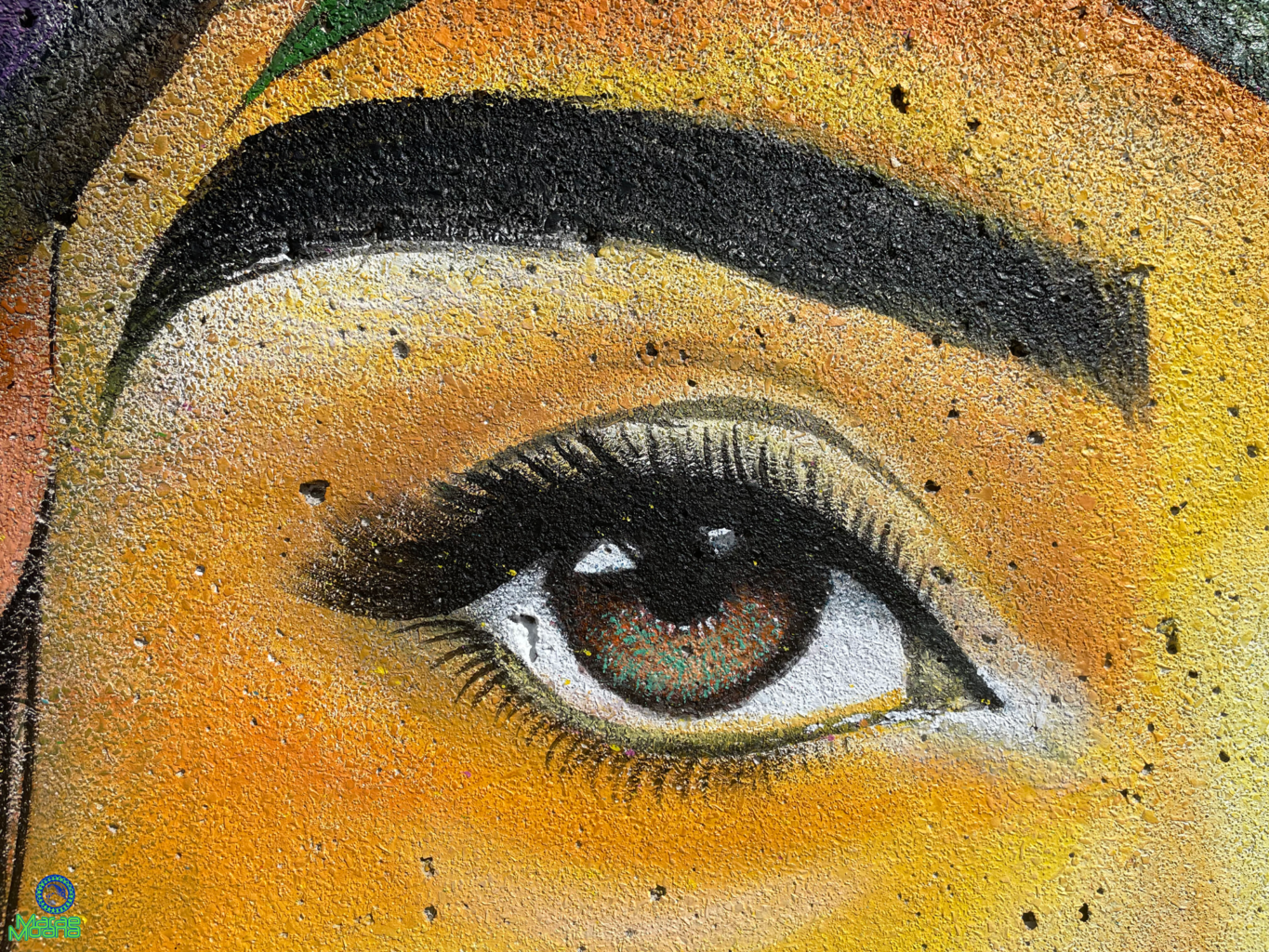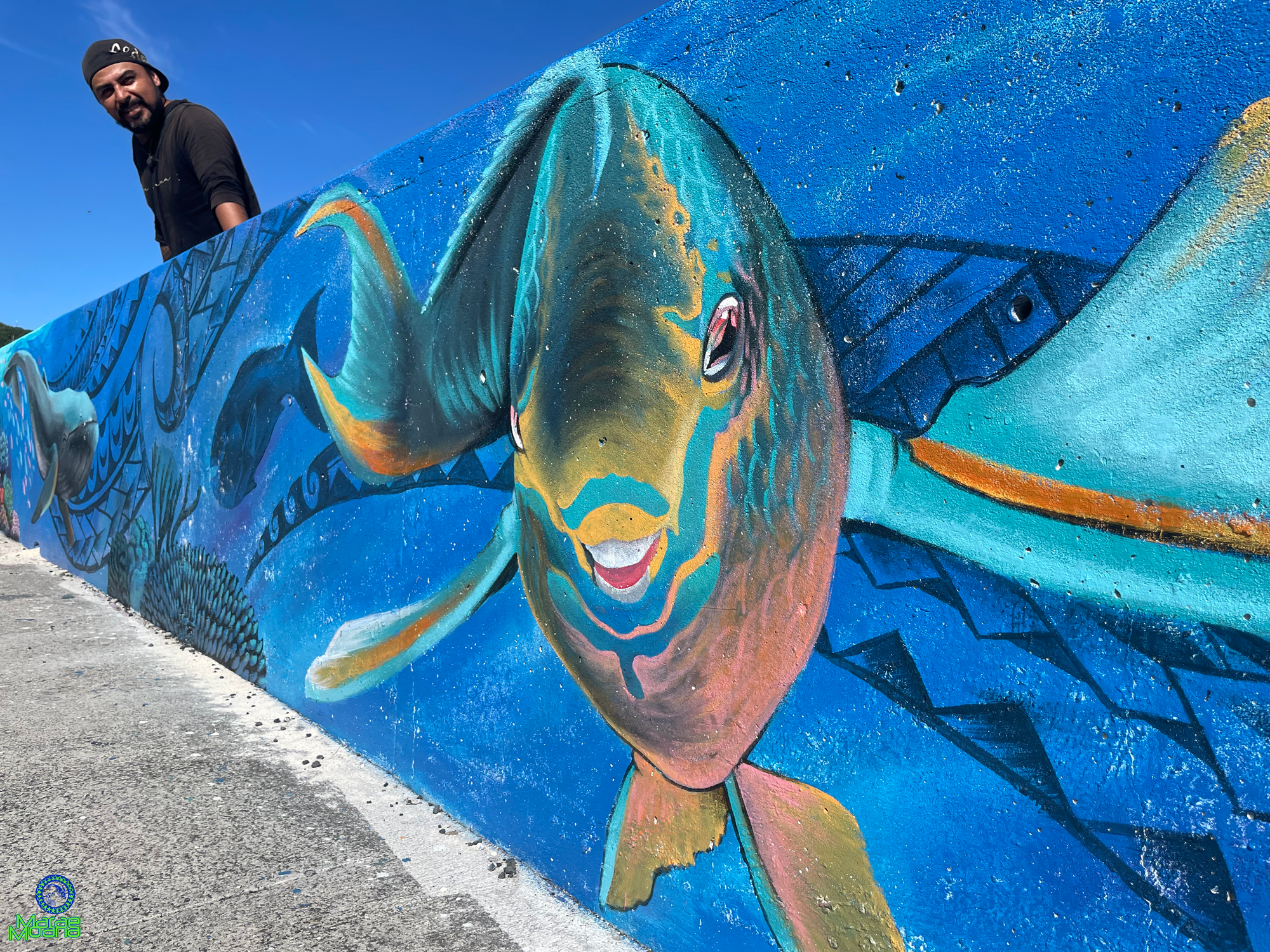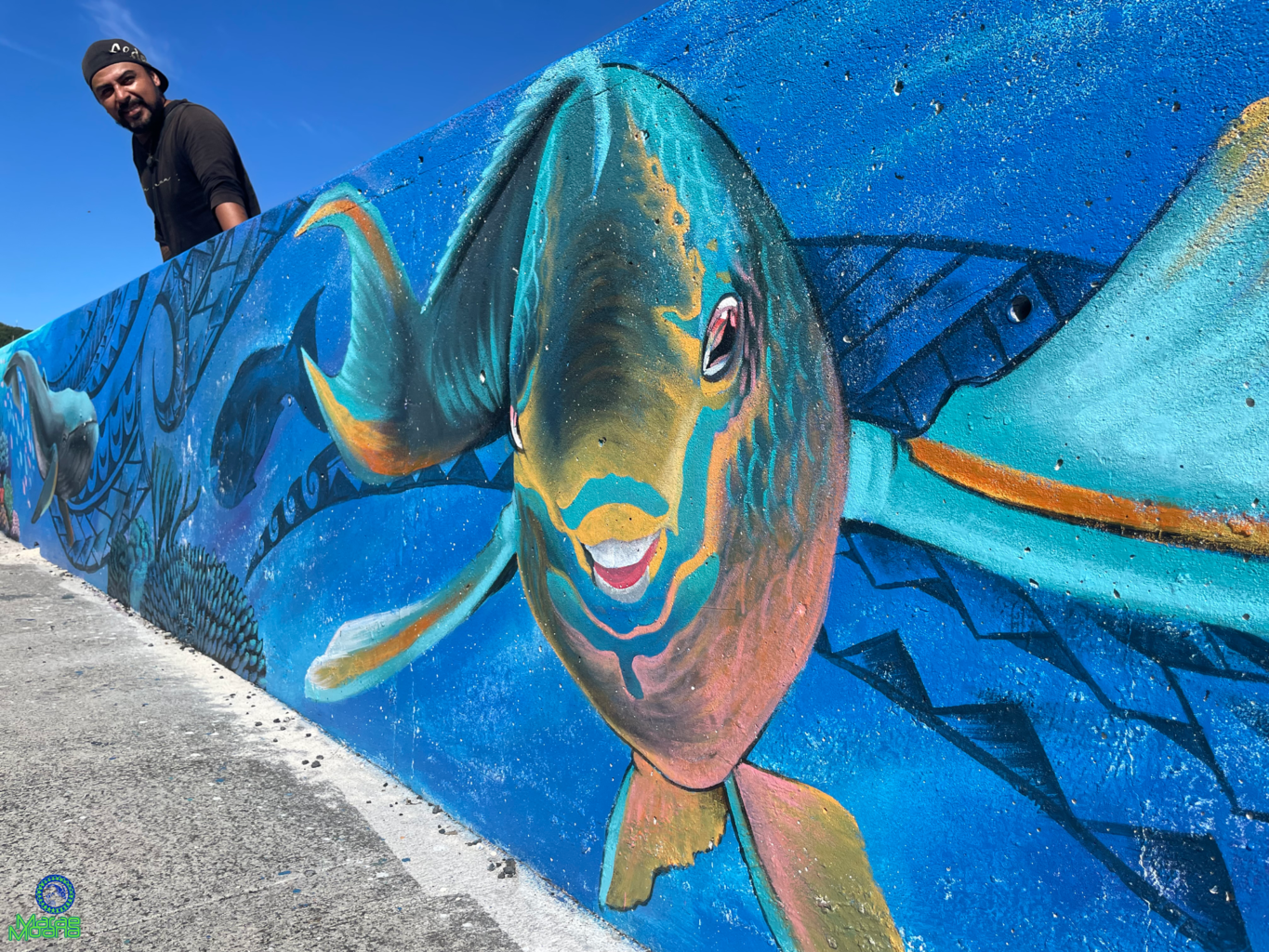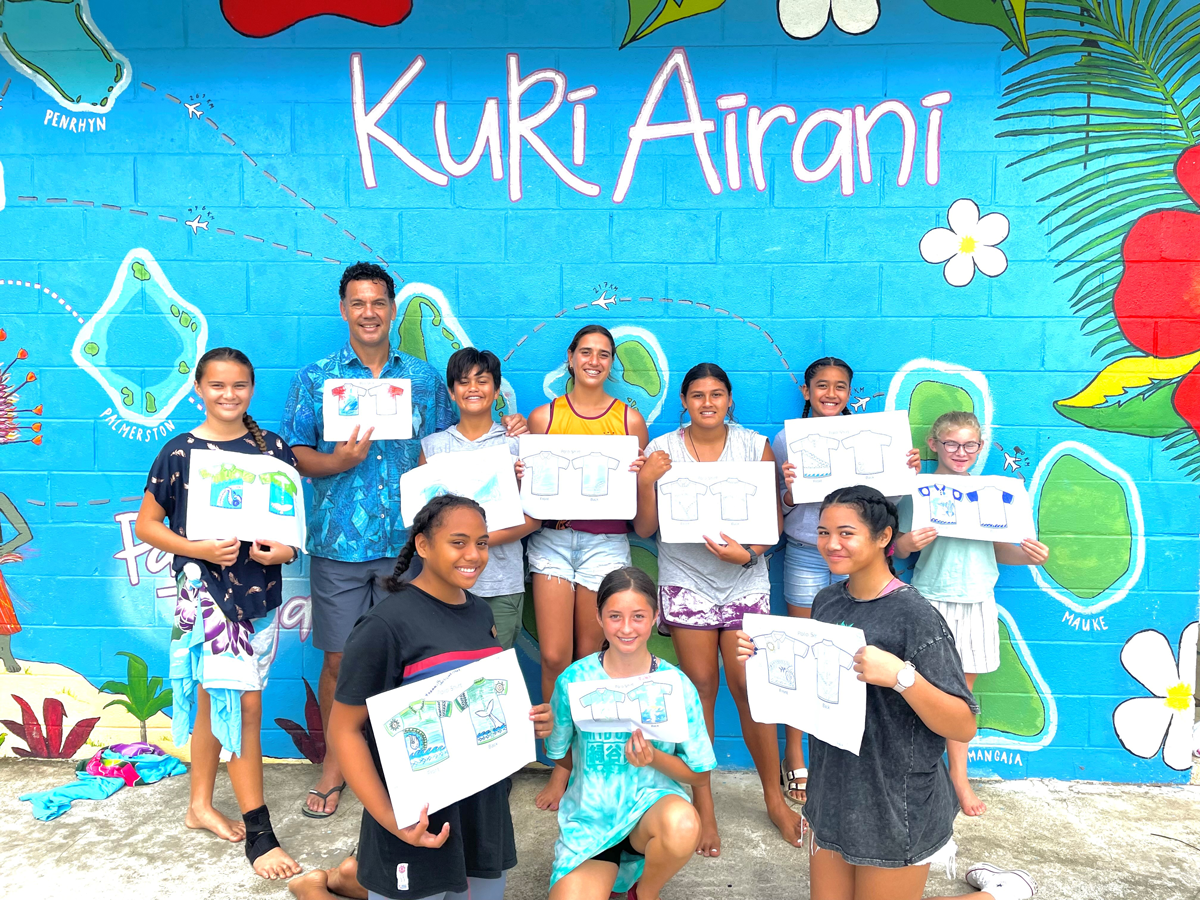This project’s goal is to help make the world’s biggest multi-use marine park a success. The park is Marae Moana, or Sacred Ocean, which was created in 2017. Marae Moana is huge, roughly the size of Mexico. Different rules apply to different parts of this reserve, of course. Commercial fishing and seabed mining are forbidden in a 50-mile radius around each of the 15 major Cook Islands—an area that covers about 100,000 square miles.
When the Cook Islands created the reserve, backers knew that passing a law was only the beginning. They would need to acquire scientific knowledge about fisheries and conservation. They would need to develop reasonable, enforceable plans for managing this enormous marine area.
Most of all, they knew that for this historic initiative to succeed, it would need the support of the people. Seacology’s long experience shows, and many studies confirm, that conservation doesn’t work without the genuine support of local people. Cook Islanders’ culture and livelihoods have been intimately connected to the sea for a thousand years. They are likely to be skeptical of big changes that affect how they can use the sea.
Many Cook Islanders make their living by fishing or tourism, both of which are under threat. Climate change has hurt fishing, and the Covid-19 pandemic cut off international tourism. During the lull in international travel, the government reevaluated the country’s reliance on tourism and its effect on traditional ways of life. They hope to develop more diversified economy.
To solidify support for the marine reserve, the Marae Moana team will launch an ambitious public outreach program. It includes traditional and social media, special efforts for schoolchildren, and participation by traditional leaders in the outer islands. Seacology will be working with the Cook Island Voyaging Society, which sails beautiful traditional Cook Islands ships (vaka) and teaches children about history and navigation.


